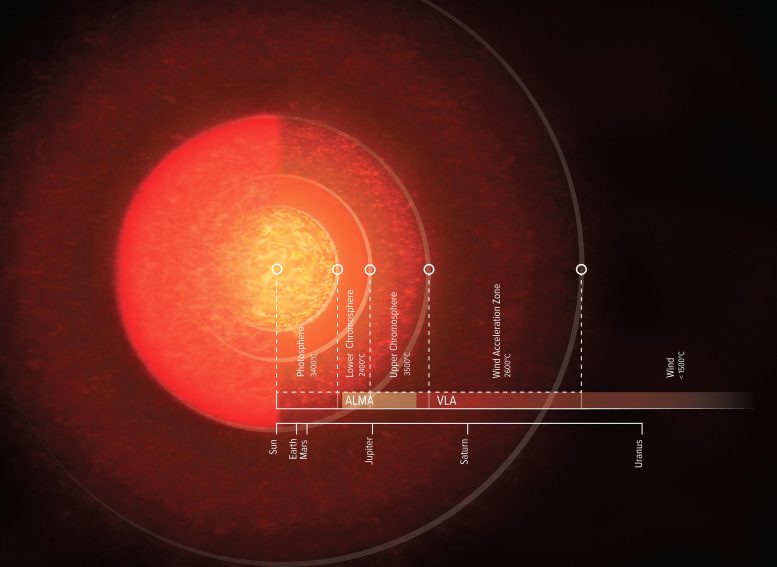
Artist impression of the atmosphere of Antares. As seen with the naked eye (up until the photosphere), Antares is around 700 times larger than our sun, big enough to fill the solar system beyond the orbit of Mars (Solar System scale shown for comparison). But ALMA and VLA showed that its atmosphere, including the lower and upper chromosphere and wind zones, reaches out 12 times farther than that. Credit: NRAO/AUI/NSF, S. Dagnello
An international team of astronomers has created the most detailed map yet of the atmosphere of the red supergiant star Antares. The unprecedented sensitivity and resolution of both the Atacama Large Millimeter/submillimeter Array (ALMA) and the National Science Foundation’s Karl G. Jansky Very Large Array (VLA) revealed the size and temperature of Antares’ atmosphere from just above the star’s surface, throughout its chromosphere, and all the way out to the wind region.
Red supergiant stars, like Antares and its more well-known cousin Betelgeuse, are huge, relatively cold stars at the end of their lifetime. They are on their way to run out of fuel, collapse, and become supernovae. Through their vast stellar winds, they launch heavy elements into space, thereby playing an important role in providing the essential building blocks for life in the universe. But it is a mystery how these enormous winds are launched. A detailed study of the atmosphere of Antares, the closest supergiant star to Earth, provides a crucial step towards an answer.
The ALMA and VLA map of Antares is the most detailed radio map yet of any star, other than the Sun. ALMA observed Antares close to its surface (its optical photosphere) in shorter wavelengths, and the longer wavelengths observed by the VLA revealed the star’s atmosphere further out. As seen in visible light, Antares’ diameter is approximately 700 times larger than the Sun. But when ALMA and the VLA revealed its atmosphere in radio light, the supergiant turned out to be even more gigantic.
“The size of a star can vary dramatically depending on what wavelength of light it is observed with,” explained Eamon O’Gorman of the Dublin Institute for Advanced Studies in Ireland and lead author of the study published in the June 16 edition of the journal Astronomy & Astrophysics. “The longer wavelengths of the VLA revealed the supergiant’s atmosphere out to nearly 12 times the star’s radius.”
The radio telescopes measured the temperature of most of the gas and plasma in Antares’ atmosphere. Most noticeable was the temperature in the chromosphere. This is the region above the star’s surface that is heated up by magnetic fields and shock waves created by the vigorous roiling convection at the stellar surface – much like the bubbling motion in a pot of boiling water. Not much is known about chromospheres, and this is the first time that this region has been detected in radio waves.
Thanks to ALMA and the VLA, the scientists discovered that the star’s chromosphere extends out to 2.5 times the star’s radius (our Sun’s chromosphere is only 1/200th of its radius). They also found that the temperature of the chromosphere is lower than previous optical and ultraviolet observations have suggested. The temperature peaks at 3,500 degrees Celsius (6,400 degrees Fahrenheit), after which it gradually decreases. As a comparison, the Sun’s chromosphere reaches temperatures of almost 20,000 degrees Celsius.
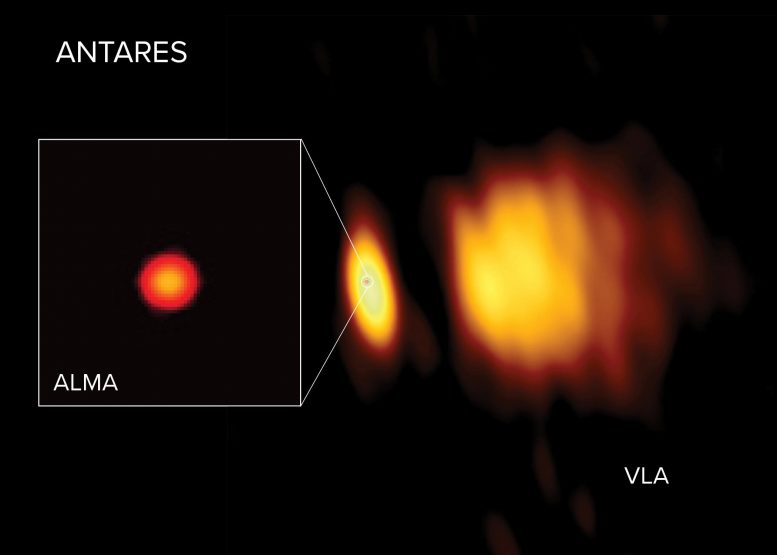
Radio images of Antares with ALMA and the VLA. ALMA observed Antares close to its surface in shorter wavelengths, and the longer wavelengths observed by the VLA revealed the star’s atmosphere further out. In the VLA image, a huge wind is visible on the right, ejected from Antares and lit up by its smaller but hotter companion star Antares B. Credit: ALMA (ESO/NAOJ/NRAO), E. O’Gorman; NRAO/AUI/NSF, S. Dagnello
This research was presented in a paper titled “ALMA and VLA reveal the lukewarm chromospheres of the nearby red supergiants Antares and Betelgeuse,” by E. O’Gorman et al., appearing in the journal Astronomy & Astrophysics.
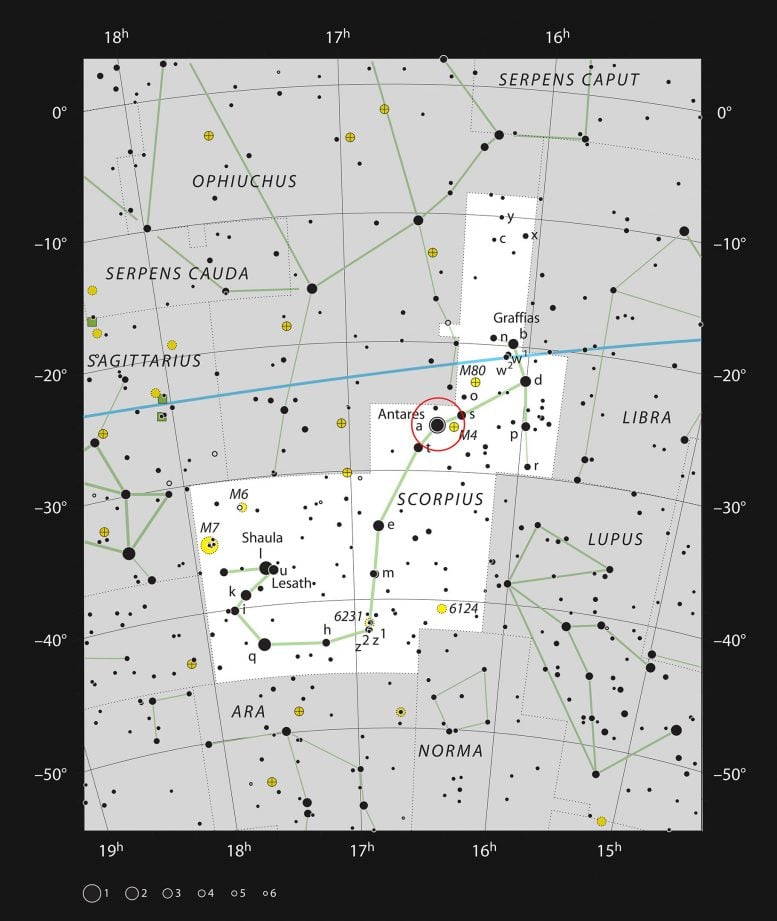
Star chart showing the location of the bright red star Antares (encircled in red). Antares is the closest red supergiant to Earth (555 light years away) and is located in the constellation of Scorpius (The Scorpion). Credit: ESO, IAU, Sky & Telescope
Reference: “ALMA and VLA reveal the lukewarm chromospheres of the nearby red supergiants Antares and Betelgeuse” by E. O’Gorman1, G. M. Harper, K. Ohnaka, A. Feeney-Johansson, K. Wilkeneit-Braun, A. Brown, E. F. Guinan, J. Lim, A. M. S. Richards, N. Ryde and W. H. T. Vlemmings, 16 June 2020, Astronomy & Astrophysics.
DOI: 10.1051/0004-6361/202037756

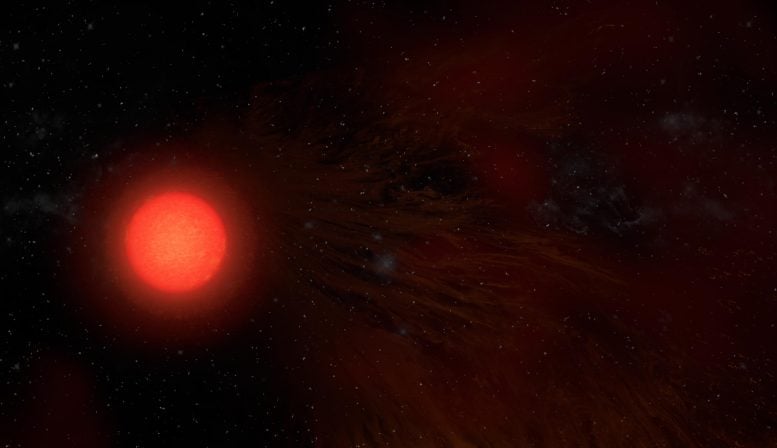

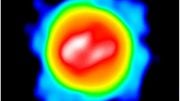
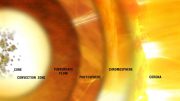


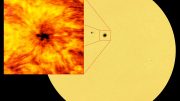
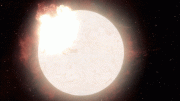

Be the first to comment on "Unprecedented Astronomy: Atmosphere of the Red Supergiant Star Antares Revealed by Radio Telescopes"